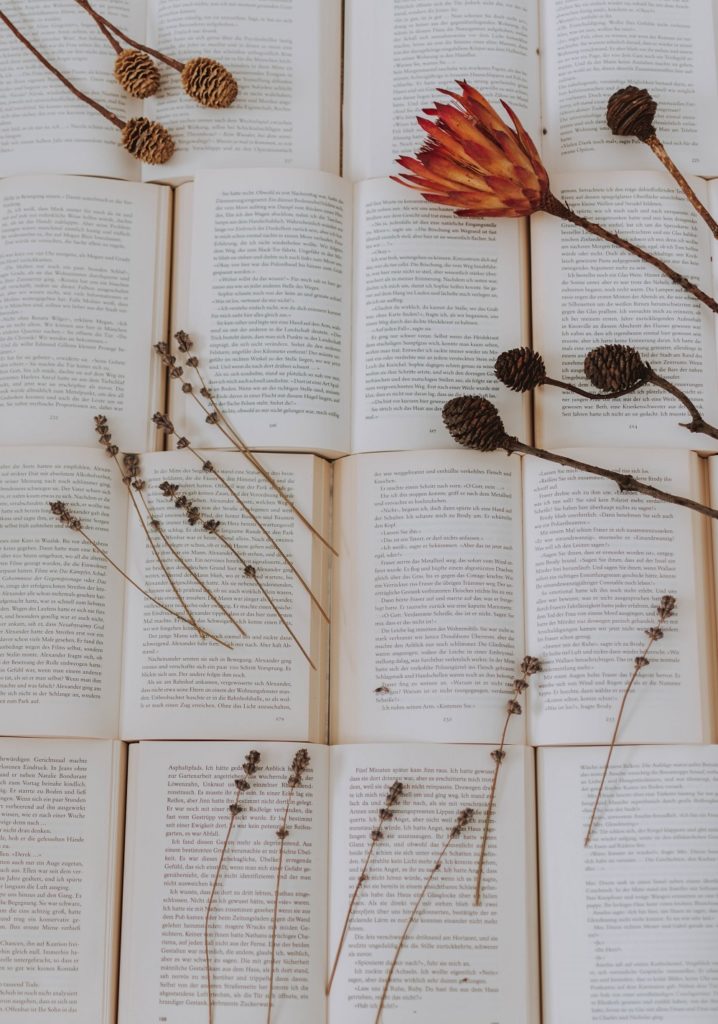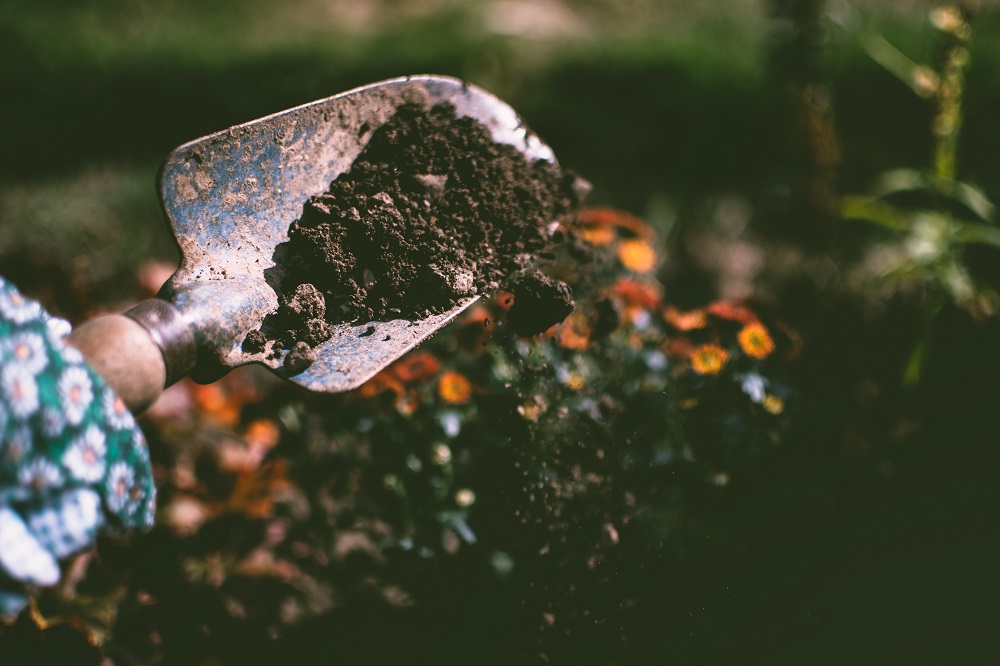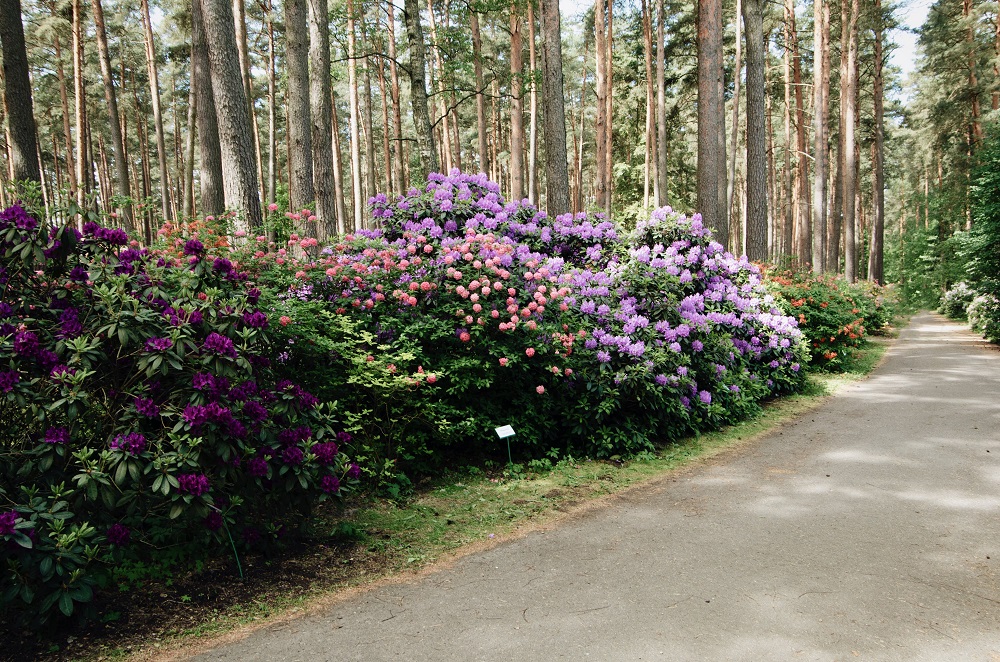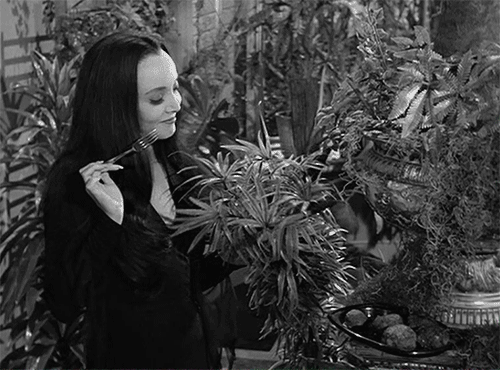DISCLAIMER: The IGGPPC does not endorse the cultivation of a poison plant garden for any purpose other than botanical interest. It is strongly advised that those with pets or small children carefully consider the installation of a poison plant garden.
Over millennia, some plants have adapted toxins into their structures as a protective evolution. These toxins act as a deterrent, sometimes a fatal one, for the animals that eat these plants. But in the same way that a rose makes a lovely addition to a garden, despite its thorns, there are a plethora of poisonous plants that bring beauty to a plot, despite their danger. You may find that you already have some of these plants in your own spaces!
by Steve F, CC BY-SA 2.0, https://commons.wikimedia.org/w/index.php?curid=13596108
The allure of a garden made entirely of poisonous plants is its novelty. Let’s face it, there’s something powerful in having a garden of killer plants at your disposal, even though you never would, OF COURSE.
But before you start turning up earth, there are a few guidelines every responsible gardener should follow.
Research, Research, Research
Determine which plants will be best for your climate zone and soil type. A garden of wilting plants might be the macabre look you’re going for but, if not, you’ll want to be sure you provide the best home for your deadly darlings. For your own protection, you’ll want to familiarize yourself with where your plants store their toxins; in the leaves? The roots? Berries? Do the poisonous plants you’ve chosen have any troublesome secretions on its leaves or stem? Get to know your plants!
Give it Space
Separate your poison plants from more accessible areas. If you also plant vegetables or spend recreational time in your garden, you’ll want these more pernicious varietals out of the way and in their own space.
Visual Clues
Make it very apparent that this space and the plants within it could be harmful. You might consider enclosing your poison plant garden. Even if you don’t fence it in, be sure to clearly mark the area and post notices or signs that caution should be taken. Skull and crossbones? Danger signs? These can only enhance your garden’s baneful reputation. Clearly mark each plant so you can recall how to properly handle and care for each plant type.
Handle with Care
Wear gloves any time you work with your toxic plants. You might want to have a dedicated pair of gloves, long sleeves, and long pants if your creepers have any exterior secretions.
With these tips in mind, here are some of the lovely but lethal plants you might consider cultivating. It’s worth noting that the levels of toxicity in these plants varies greatly. Some may cause negative reactions if ingested but are not usually lethal to humans while others are so toxic that handling them can irritate the skin. In the case of Rhododendrons, ingesting the honey of bees, whose honey was made with the pollen of these plants, can cause illness!
- Bloodroot
- Brugmansia
- Buttercups
- Caladium
- Candelabra Cactus
- Castor
- Daffodil (also called Narcissus or Jonquil)
- Deadly nightshade
- Elderberry
- English Yew
- Foxglove
- Gloriosa lily
- Hellebore
- Henbane
- Hydrangea
- Larkspur
- Lupine
- Laburnum
- Lily of the Valley
- Monkshood
- Oleander
- Philodendron
- Rhododendron
- Rhubarb (specifically the leaves)
- Water hemlock
- White Snakeroot
If you’re uncomfortable planting these more dangerous specimens, you might consider a “dark” garden with plants that produce dark leaves or blooms, like Queen of Night tulips. Whatever garden path you choose to pursue, we wish you and your plant babies good earth.
Sources:











Leave A Comment
You must be logged in to post a comment.